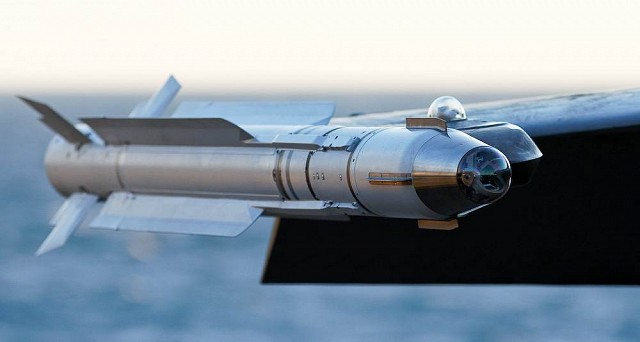SOURCE: IDRW NEWS NETWORK

FILE PICTURE OF MICE IR
A variant of the Astra Beyond Visual Range Air to Air (BVRAAM) missile under development with a passive imaging IR seeker might be ready for initial trials from 2022 onwards said informed sources close to idrw.org. Astra IR with a dual waveband, passive imaging IR seeker will provide terminal guidance that will be powered by a smoke-less solid propellant with higher impulse motor for improved performance at Within visual combat at the reduced range.
Astra IR minimum and maximum operating ranges likely will be 500 m to 60 km due to seeker track limitation found in IR air to air missiles world over. Astra IR will be capable of operating in lock-on before launch and lock-on after launch modes and IR seeker will allow the missile to autonomously detect, track and lock-on the targets. Astra IR can be adapted on all fighter types in IAF since it doesn’t require deep integration with the aircraft’s Mission Computers (MC).
Astra IR is an interim Medium range Air to Air missile which has been designed to supplement Astra MK1 RF (active radar homing head ) till work begins on a much shorter range Next Generation Close Combat (NGCCM) Within Visual Range (WVR) Air to Air missile to be developed by DRDO for Indian air force jets.
DRDO also has two separate long-range Air to Air missile programs known as Astra Mk2 (With Dual-Pulse propulsion) and Astra Mk3 (With Air-breathing ramjet propulsion) and NGCCM will be developed post completion of this longer-range missiles first as IAF moves to equip most of the fighter jets in its fleet with MBDA’s ASRAAM (Advanced Short Range Air-to-Air Missile) Close combat Missiles.
NOTE : Article cannot be reproduced without written permission of idrw.org in any form even for YouTube Videos to avoid Copyright strikes
from Indian Defence Research Wing https://ift.tt/3gdJYyt
via IFTTThttp://idrw.org
No comments:
Post a Comment